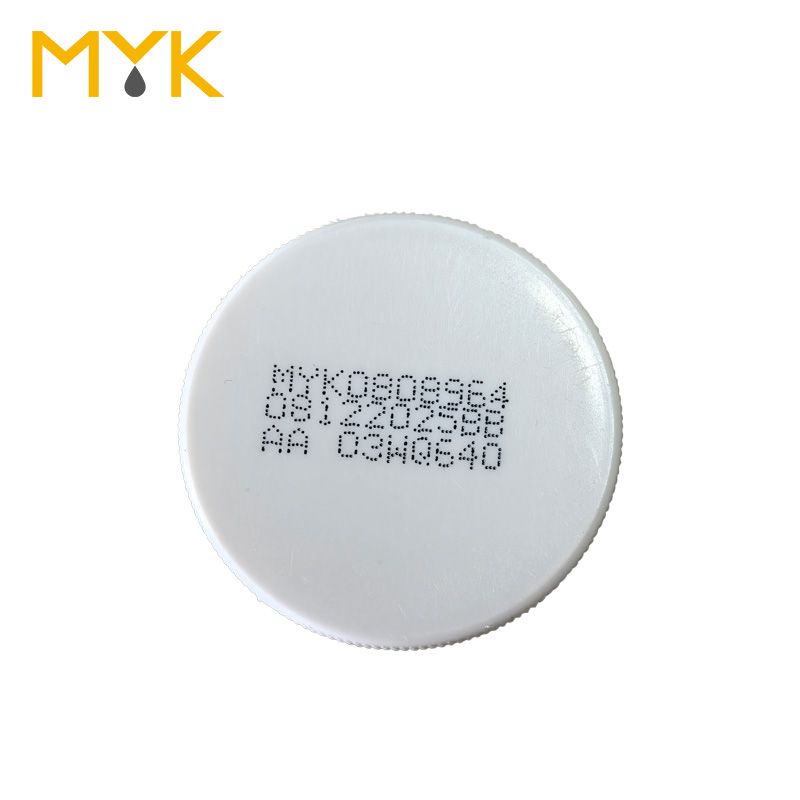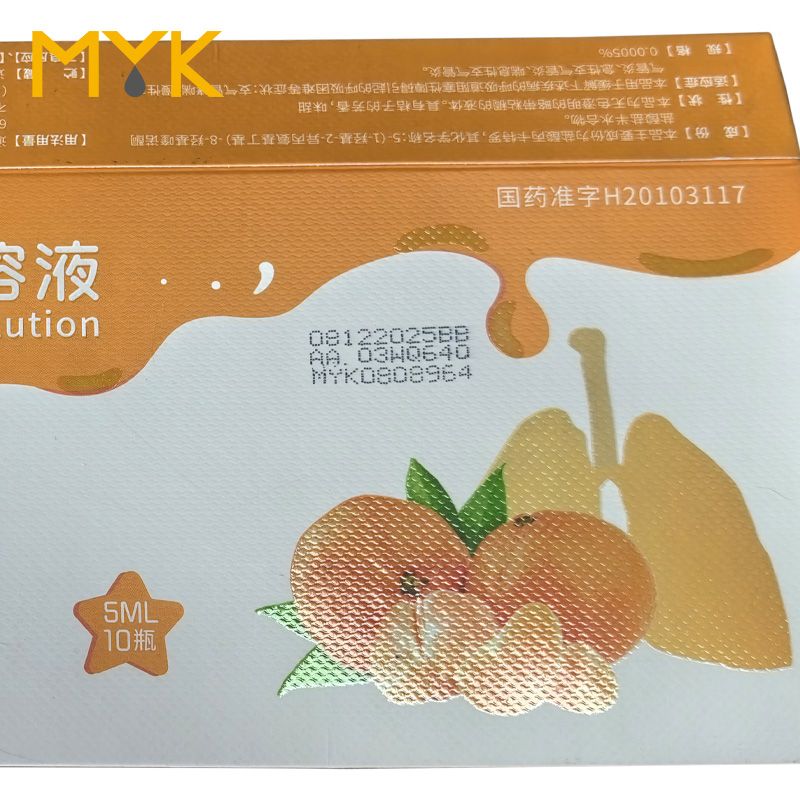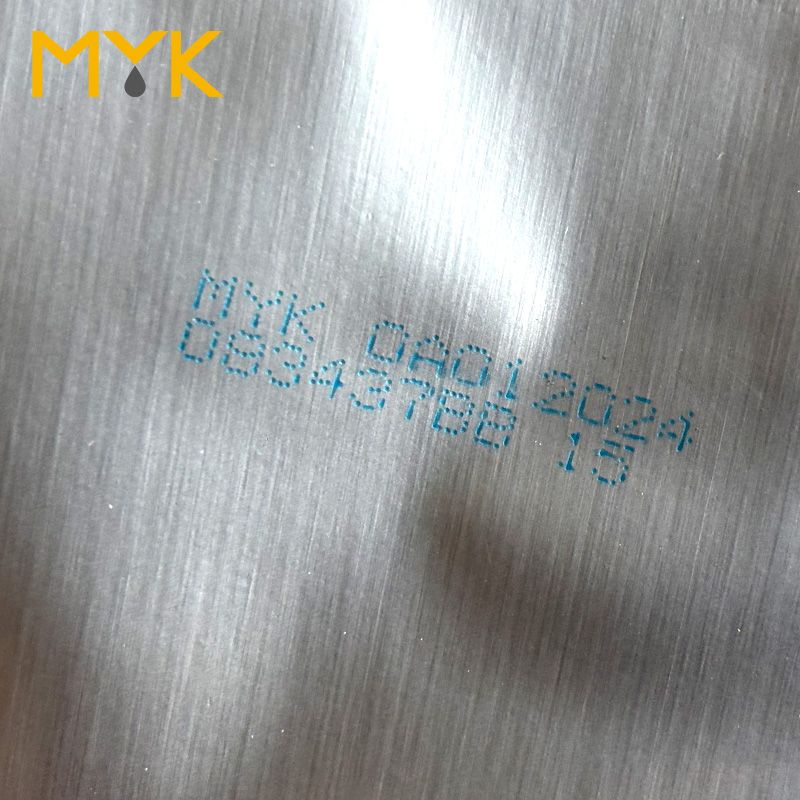Food Packaging Coding Ink
Food Packaging Coding Ink
1. Superior Durability in Demanding Environments
Withstands Cleaning and Sterilization: Essential for products and packaging that require frequent disinfection, wiping, or sterilization with alcohol-based solutions. This is a critical requirement in medical, pharmaceutical, and laboratory settings (e.g., surgical tool labels, medication packaging, lab equipment).
Resists Accidental Exposure: Protects prints on products like consumer electronics, appliances, and industrial controls from damage caused by spills or cleaning during maintenance.
2. Uncompromised Print Integrity and Legibility
Maintains Image Sharpness: Prevents alcohol from causing ink bleed, smudging, or fading, ensuring that fine text, critical barcodes, QR codes, and safety information remain perfectly legible and scannable throughout the product's life.
Preserves Aesthetic Quality: Guarantees that brand logos, graphics, and decorative elements retain their original color density and gloss, protecting the product's premium appearance and brand value.
3. Enables Compliance and Safety in Regulated Industries
Meets Industry-Specific Standards: Often a mandatory specification for labels and packaging in healthcare and pharmaceuticals, where alcohol-based sanitization is a standard protocol.
Prevents Contamination: The inert, cross-linked surface of alcohol-resistant UV ink does not break down, ensuring no ink particles are wiped onto sterile surfaces, which is vital for maintaining a clean environment.
4. Facilitates Advanced Manufacturing and Processing
Allows for Alcohol-Based Post-Processing: Enables the use of alcohol-based cleaning or preparation steps in the manufacturing line after the printing stage without damaging the print.
Improves Manufacturing Yield: Reduces waste and rework caused by print damage during handling or cleaning processes, increasing overall production efficiency.












